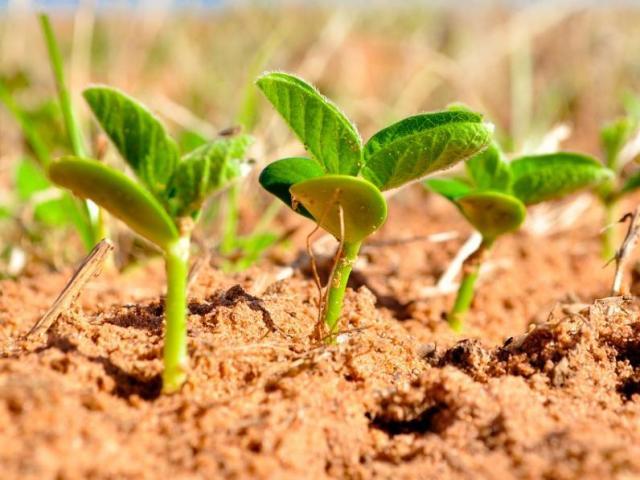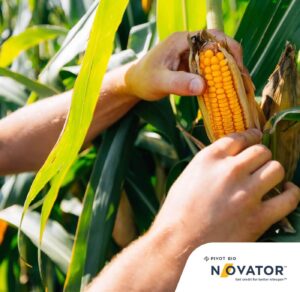Timing matters absolutely. Farmers seeking maximum soybean yields must carefully weigh when to plant their crops. Research consistently reveals a sweet window for optimal planting – generally falling between mid-April and early May for central production areas, though this varies by region and seasonal conditions. The decision becomes a pivotal element in overall farm management strategy that can significantly impact final harvest outcomes.
Planting soybeans during or before mid-May has been shown to produce the highest yields. Multiple small plot research trials conducted between 2018 and 2021 demonstrated this critical timing advantage. Farmers who postponed planting after mid-May experienced a tangible penalty in yield potential. Numbers tell an interesting story here. When planting was pushed beyond the mid-May threshold, yields diminished by approximately 0.33% daily until early June. The situation worsened dramatically for very late plantings – crops planted after early June suffered a substantial yield reduction of about 1.2% per day.
The once-standard practice of planting soybeans after corn has undergone a transformation. Many farmers have shifted toward earlier soybean planting, with data supporting this trend across multiple growing seasons. Current research indicates that planting between April 25th and May 10th consistently delivers superior yields compared to later dates. The cost of waiting becomes increasingly steep as May progresses, with plantings delayed until May 30th potentially sacrificing 7 to 11 bushels per acre versus those completed before May 10th.
Weighing Early Planting Benefits Against Risks
The temptation to plant early carries compelling financial incentives. Recent studies from 2024 noted the highest average yields were achieved within a specific window – between April 15 and May 13. This timing capitalizes on maximum growing season potential while avoiding late-season stresses that can limit pod development.
However, rushing to plant too early presents genuine concerns that farmers must evaluate against. Two primary risk factors demand consideration when contemplating early planting: colder seedbed conditions and the possibility of late-spring frosts. These hazards can devastate emerging seedlings and necessitate replanting, which creates additional expenses and places crops into a suboptimal growing window.
One field trial from 2021 reported considerable yield losses from ultra-early planting conducted on April 8, highlighting the very real dangers associated with jumping the gun on planting dates. Seed treatments offer some protection against early-season challenges, with proper treatment making planting before April 15 feasible though still somewhat risky.
Regional and Environmental Considerations
Weather forecasts require careful attention before committing seeds to soil. Experts recommend monitoring the five-day forecast prior to planting and avoiding field work when predictions call for extreme cold and wet conditions. The soil temperature and moisture levels play decisive roles in successful germination and early plant development.
Latitude significantly influences optimal planting windows. Northern growing regions generally have compressed planting schedules, whereas more southern areas may permit earlier planting dates with less frost risk. The specific maturity group of soybeans selected also impacts timing decisions, with earlier maturity groups often allowing more flexibility in planting dates.
Soil characteristics shape planting strategy too. Heavy, poorly-drained soils warm slowly in spring and may benefit from slightly delayed planting compared to well-drained, lighter soils which warm quicker. Field drainage improvements might extend the planting window by reducing waterlogging risks during critical establishment periods.
Watching yield trends over time makes clear the importance of timely planting. Recent data shows a consistent pattern whereby soybeans experience a yield decrease of approximately 0.35 to 0.51 bushels per acre each day when planting extends beyond May 10th. This steady decline underscores the economic impact of planting date decisions.
For farmers juggling multiple crops and limited equipment resources, prioritizing fields based on soil readiness rather than strictly following calendar dates may provide the best compromise. The goal remains finding that narrow window where soil conditions, weather patterns, and plant biology align for optimal emergence and season-long development. Making this call requires balancing meteorological data against practical field experience – a blend of science and farming intuition that defines successful agricultural management.











